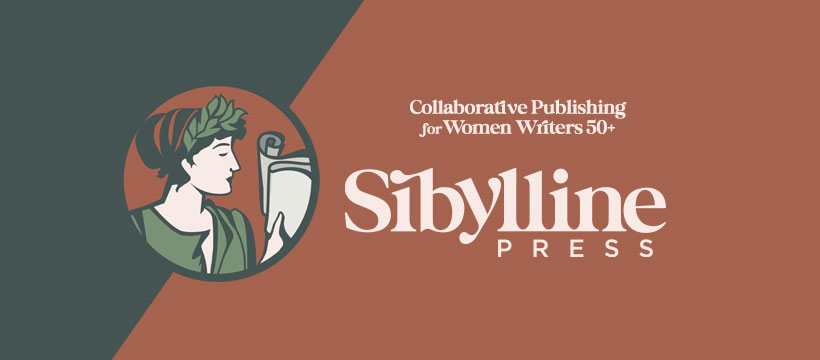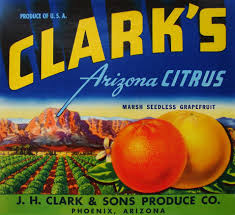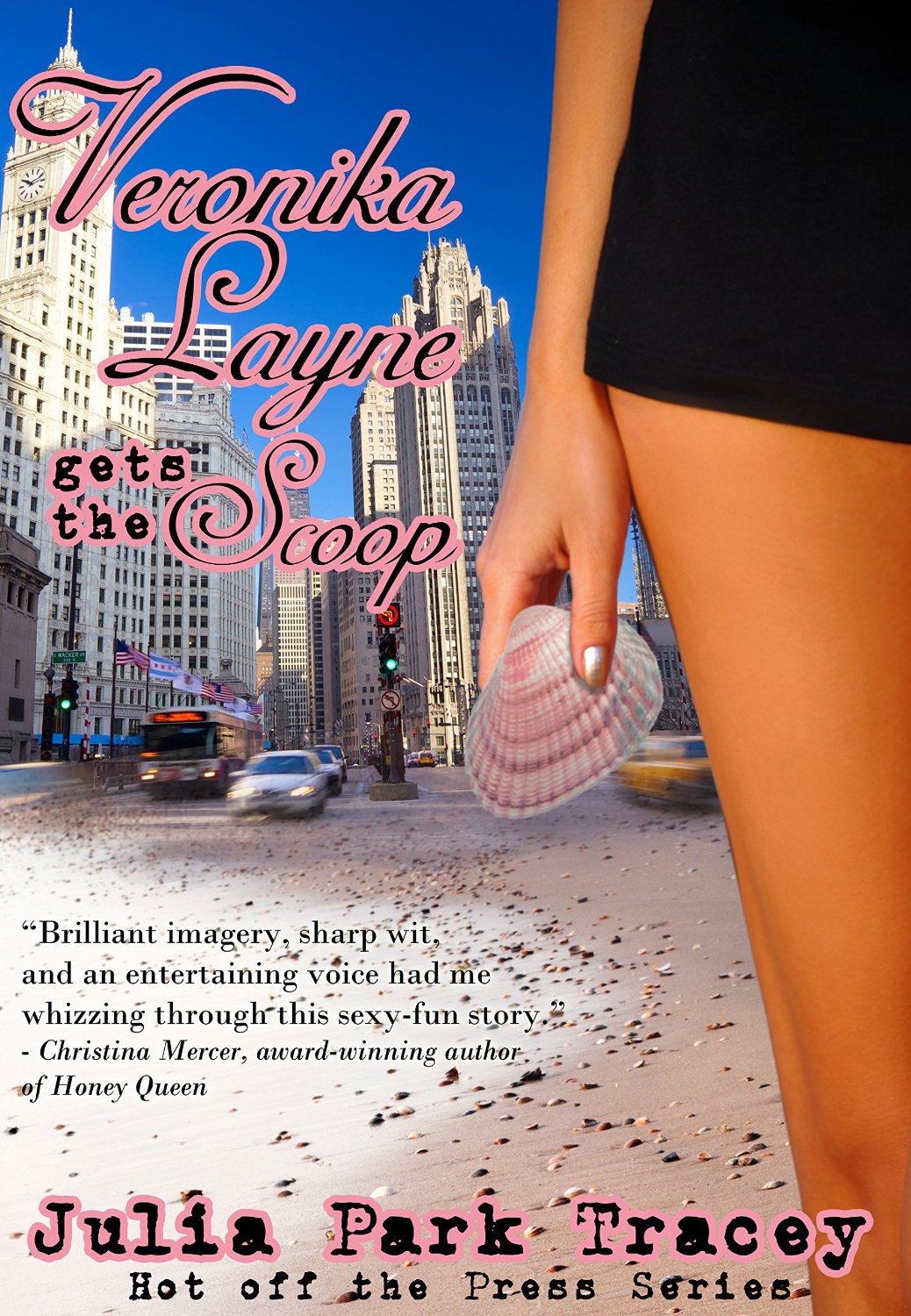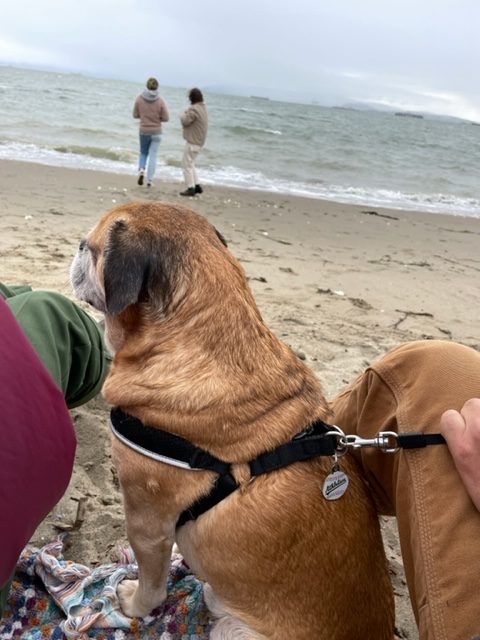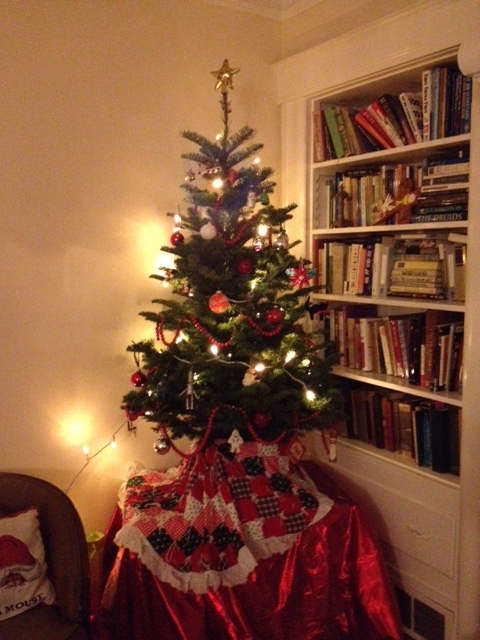-
Announcement!
Publisher’s Weekly Shelf Awareness (Dec 1, 2022) (https://www.shelf-awareness.com/issue.html?issue=4370#m58402) Four women with extensive book world experience have launched Sibylline Press, which will focus on publishing “the brilliant works of women authors over the age of 50,” including memoirs, narrative nonfiction and fiction. Sibylline Press will release six books in fall 2023 and six in spring 2024 and will be distributed to the trade by Publishers Group West. The company also has an unusual publishing model, which involves Sibylline authors being deeply involved in the promotion of their books and other Sibylline titles. Vicki DeArmon The Sibylline founders are: Publisher Vicki DeArmon, who has a publishing, bookselling and entrepreneurial background that includes founding…
-
Forthcoming from Sibylline Press Fall 2023
Excited to announce that I have signed a contract and my historical novel, The Bereaved, will be in bookstores in fall 2023. Prepare yourself for nattering and humblebrags with a side of shameless self promotion. I hope you will love the story of Martha and her Orphan Train children, based on the true story of my fourth great grandmother and her four scattered children. Writing this story was one way I grieved the loss of our son. Martha and her lost boy are so much a part of me. Literally in my DNA. #fallbooks #bookstagram #booksofinstagram #historicalfiction #civilwar #suicidelosssurvivor
-
Merry Land
We owned property in Virginia and we owned property in Maryland, and unfree people were part of that chattel property at the time. There is very little left of the actual plantations in the state of Maryland, but surprisingly, there is a fairly large influence left behind. Our Bailey, Upshaw and Hillary ancestors lived in Maryland in the 1700s and claimed land plats that were very large in comparison to the quarter sections of land in the Southern states. We visited the Largo and Marlboro areas in Maryland to find traces of the former Largo, Meadows, and Beall’s Pleasure, and found essentially nothing like avenues of trees, brick houses or…
-
Thoughts on Remembering
We have been in Virginia for some days now, heading first to Accomack County, and thence to Chincoteague, where we had two days of beach, birds, and a boat. I posted a few videos and counted birds. Seeing the bald eagles made my day, and more views of cardinals, Carolina wrens and chickadees, and the black vulture, plus seabirds, added to my pleasure. We had meant to go to Williamsburg and see the homes and buildings but we ended up going to the Jamestown archaeological site instead, which was less about reproducing the past and more about revealing it. Let’s just say I didn’t realize they had resorted to cannibalism.…
-
Chesapeake! and Ghosts
“On your left, hidden almost totally by the trees, is Warwick, whose oldest section is believed to date back to the 17th century. In 1749, the house’s mistress, Rachel Revell Upshur, was bitten by a rabid fox and developed rabies. Her servants smothered her in her feather bed to end her suffering. There are tales of ghostly visitations by Rachel, and when it rains, it is said, her blood still appears on the doorstep of Warwick, left there when she was carried into the house after the fox attack.” — Washington Post, March 31, 1989 So we went here yesterday. It was a little off the beaten path but worth…
